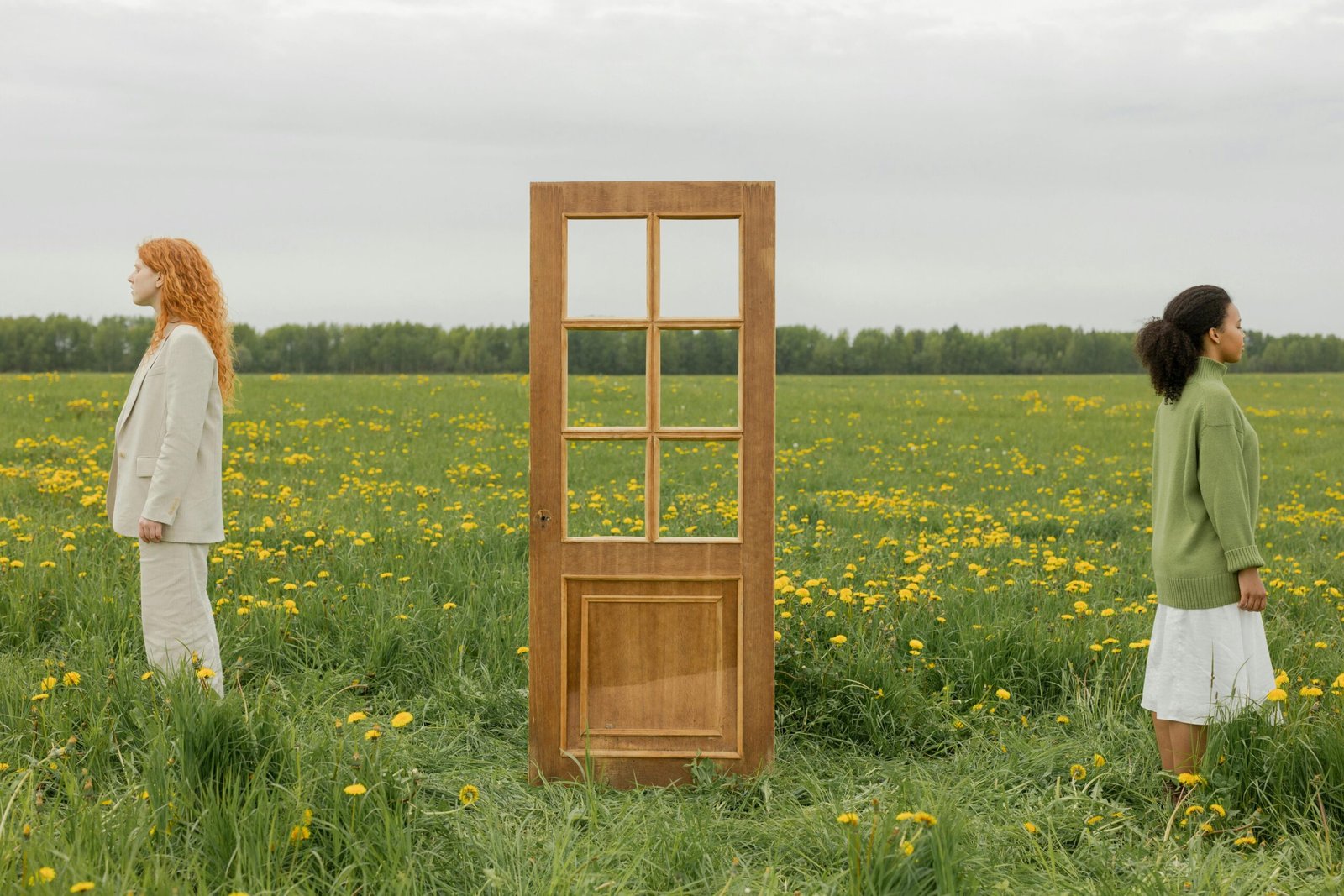Let’s face it, boundaries get a bad rap. The moment you think about saying “no” or asserting your needs, a wave of guilt sweeps in. Am I being selfish? Will they think I don’t care? Sound familiar? You’re not alone.
For many of us, boundaries feel like walls we build to keep others out. But what if we flipped that narrative? What if boundaries weren’t about exclusion but about creating a safe, healthy space for both you and the people in your life? That’s where mindfulness comes in, a tool to help you navigate these emotional landmines with grace and self-awareness.
Why Do We Struggle With Boundaries?
Often, it comes down to our upbringing and cultural expectations. Many of us were taught that saying “no” is rude or unkind, that being accommodating makes us good people. While there’s value in kindness, sacrificing your own needs to keep the peace can lead to resentment, burnout, and fractured relationships.
Here’s a question to ask yourself: Am I agreeing to this out of love or out of fear? Fear of conflict, fear of being disliked, or fear of letting someone down? Recognizing this pattern is the first step toward change.
The Mindful Approach to Boundaries
Boundaries aren’t about pushing people away, they’re about drawing a clear line between what’s okay and what’s not. Think of them as a roadmap you create for others to understand how to respect you. Mindfulness plays a key role here by helping you stay grounded and aware of your emotions in the moment.
Challenge Your Perception
Imagine you’re at work, and your colleague asks you to take on yet another project. Your immediate reaction might be to say yes, even if your plate is already overflowing. Why? Because you don’t want to seem uncooperative.
Now, pause and ask yourself: Why am I agreeing to this? Am I prioritizing their comfort over my well-being? Mindfulness teaches us to question these automatic responses and choose a path that aligns with our needs and values.
How to Set Boundaries Without Guilt
Here’s the thing: boundaries aren’t selfish, they’re self-preserving. They allow you to show up fully in your relationships and responsibilities without feeling drained. So, how do you set them without the guilt trip?
1. Know Your Limits
You can’t set boundaries if you don’t know where they should be. Spend some time reflecting on what drains you and what energizes you.
- Which activities leave you feeling resentful or overwhelmed?
- Are there people in your life who consistently overstep?
Awareness is the foundation of boundary-setting.
2. Communicate Clearly
When setting a boundary, clarity is key. Avoid vague statements like, “I’m kind of busy.” Instead, be direct but kind: “I can’t take this on right now, but I can help later.”
Pro tip: Use “I” statements to take ownership of your needs. For example, “I need time to recharge,” rather than, “You’re too demanding.”
3. Reframe Your Perspective
Think of boundaries as acts of love, not just for yourself, but for others. By setting limits, you’re ensuring you can show up as your best self in your relationships.
Mindful Boundary Practices
To make boundary-setting more effective and meaningful, mindfulness can deepen your practice. Here are more intentional ways to approach this:
1. Build Emotional Awareness
Before you set a boundary, tune in to your emotions. Ask yourself:
- What am I feeling right now, anger, exhaustion, guilt?
- What is this feeling telling me about my needs?
Mindfulness helps you understand your emotional triggers so you can respond thoughtfully instead of reacting impulsively.
2. Role-Play Boundary Conversations
Rehearsing a conversation in your mind or with a trusted friend can help you find the right words and tone. Visualize the discussion going smoothly and imagine yourself speaking confidently. This reduces anxiety and makes the real conversation easier.
3. Embrace Discomfort as Growth
Setting boundaries often feels uncomfortable, especially if you’re used to people-pleasing. Mindfulness teaches you to sit with discomfort rather than avoiding it. Remind yourself that this unease is temporary and a sign of personal growth.
4. Start Small
Don’t try to overhaul all your relationships at once. Begin with low-stakes situations, like declining a minor favor, and build your confidence from there. Each small success strengthens your boundary-setting muscles.
5. Reflect After Setting a Boundary
After setting a boundary, take a moment to reflect:
- Did I communicate my needs clearly?
- How did I feel during and after the conversation?
Reflection helps you refine your approach and celebrate your progress.
Mindfulness is a great tool for achievingboundaries, as well as many other important pillars in our every day lives, I can’t yet provide a course, but i suggest to take a look at the one of Mindful.org right here.
Real-Life Scenarios: When Boundaries Are Necessary
Let’s bring this to life with some common situations:
At Work
Your boss emails you at 10 PM expecting an immediate response. Instead of jumping to reply, consider this: Am I setting the expectation that I’m always available? A mindful boundary here could look like waiting until morning to respond.
In Relationships
A friend constantly vents to you about their problems but rarely asks about yours. Reflect on whether this dynamic feels balanced. If not, you might say, “I value our friendship, but I also need space to recharge sometimes.”
With Family
Family gatherings can come with unspoken obligations. If you’re feeling overwhelmed, it’s okay to say, “I won’t make it this time, but let’s plan a catch-up soon.”
The Emotional Side of Boundaries
Setting boundaries can stir up guilt, fear, or even anger, both in you and in others. That’s okay. These emotions are part of the process.
When guilt arises, remind yourself: I’m not responsible for managing other people’s reactions. I’m responsible for taking care of myself.
Over time, you’ll find that the people who truly care about you will respect your boundaries, even if it takes a little adjustment. And for those who don’t? That’s information too, about the role they should play in your life.
Final Thoughts: Empowerment Through Boundaries
Boundaries aren’t barriers; they’re bridges to healthier, more fulfilling relationships. By practicing mindfulness, you can set limits that honor your needs without guilt or resentment.
Take a moment today to reflect on one area of your life where you feel drained or overextended. What boundary could you set to reclaim your energy? Start small, stay mindful, and trust that you deserve the space you’re creating.
Your peace is worth it, and so are you.



